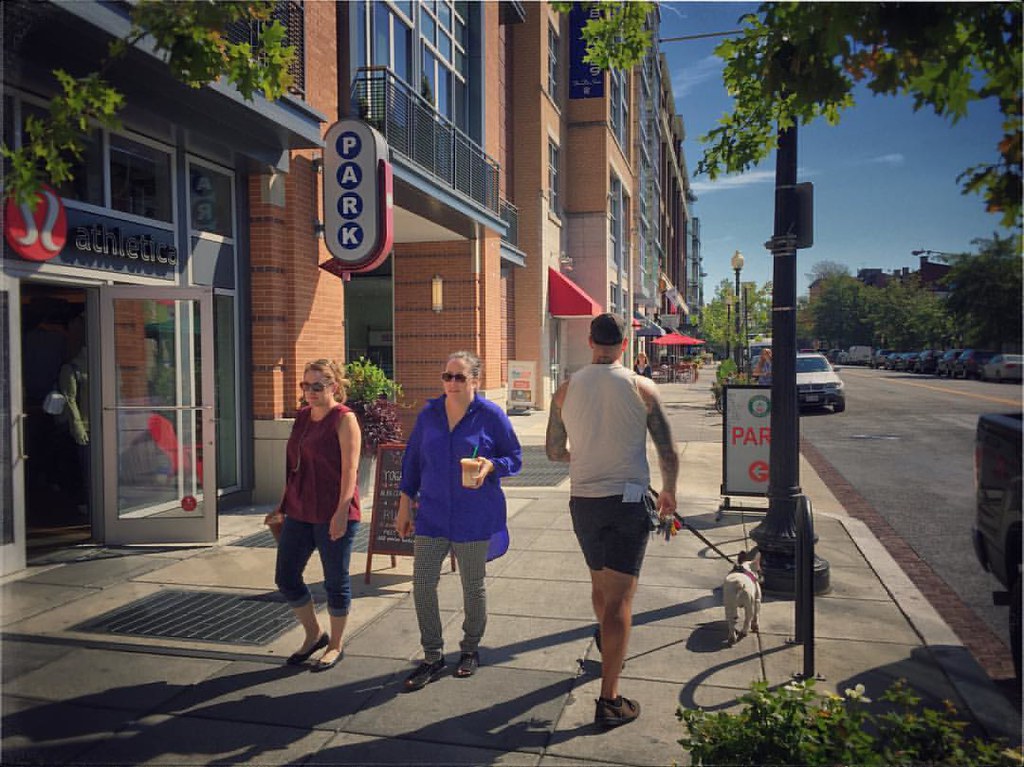
Louisville is in the middle of a three-year, federally-funded safety initiative to reduce the city's high rate of pedestrian fatalities. Per capita, four times the number of people are killed walking in Louisville than in Washington, DC.
Some good improvements are in the works, but the people in charge of Louisville's streets clearly need to get over some bad habits. Branden Klayko at Broken Sidewalk says the city just completed a project that widened a downtown thoroughfare. He was surprised to learn a small segment of sidewalk was removed as part of the construction, and he asked the city's public works department about it. Here is the agency's response:
Magazine street has no traffic or pedestrian signal and the concrete in the center median was promoting pedestrians to cross six lanes of uncontrolled traffic as well as multiple turning movements from all approaches. The concrete was removed to deter pedestrians from crossing at an unsafe location.
Klayko says this approach is totally wrongheaded:
Removing a sidewalk here won’t deter pedestrians crossing the street -- and it won’t increase safety. The problem isn’t pedestrians crossing at this location, it’s that a six-lane speedway runs through the middle of Downtown. All this sidewalk removal accomplished is making the city less appealing to get around on foot.
If pedestrians were to cross as city engineers desire, a person would have to walk 570 feet south to Broadway or 450 feet north to Chestnut Street, potentially requiring five or more minutes of extra time to simply cross a street. Forcing people to walk 1,000 feet out of their way effectively reinforces an invisible wall along the street. You’re not welcome here unless you’re in a car.
What this sidewalk removal does mean is that the city can point its finger at any person struck by a motorist at this site, since there is no marked crosswalk and it’s between two regulated intersections. According to state law, that technically means the pedestrian would be at fault.
In general, Kentucky laws are not very friendly for people outside of a car. And it shows. A better model is to treat every intersection as a crosswalk, whether it’s marked or not. Many cities already have such standards, and it’s one way to make a place more walkable and pedestrian friendly.
Such an approach would mean motorists would be required to slow down and yield to people crossing at Magazine and Ninth streets, rather than vice versa.
Elsewhere on the Network today: Greater Greater Washington reports the federal government might chip in to provide DC with devices that can reduce drunk driving collisions. Bike Walk Lee explains how Florida's new complete streets plan is going to influence local project design. And Urban Review STL documents a far-too-typical situation: the hostile environment for people walking to transit stops.





